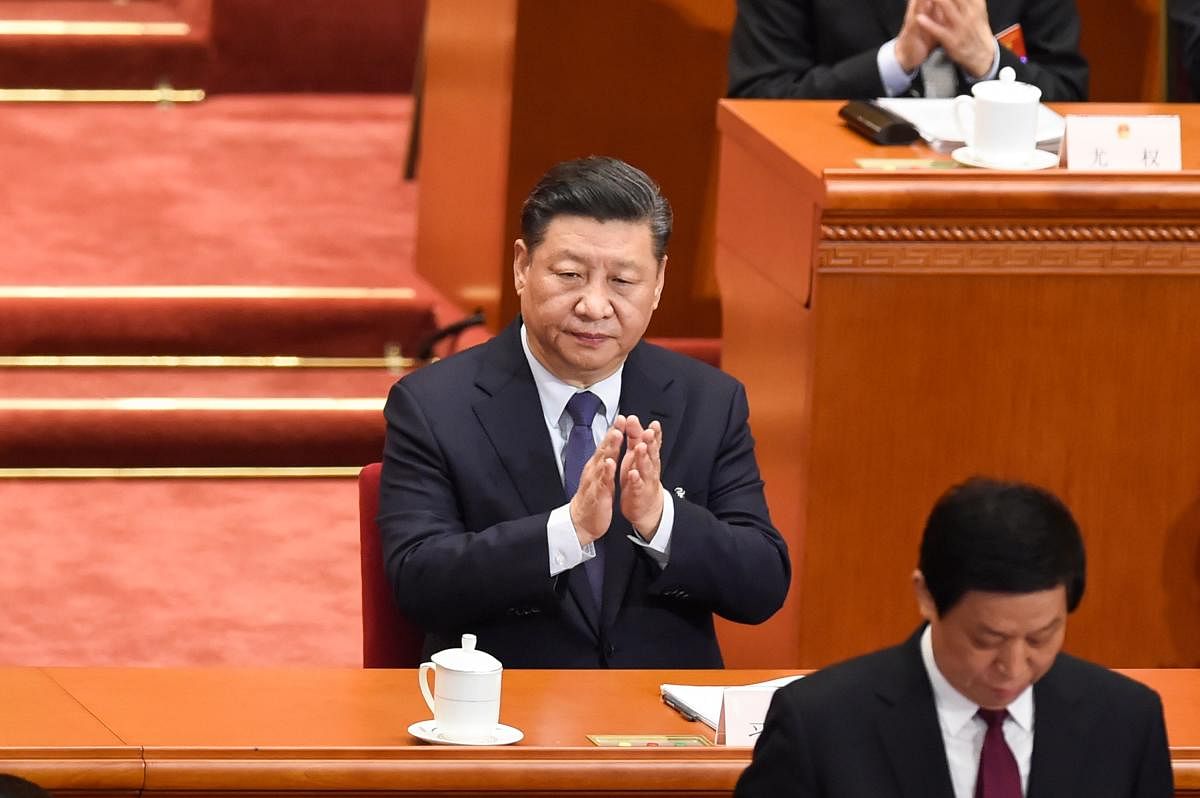
India’s recent clash without arms against China across the Line of Actual Control (LAC) raises the question about Beijing’s propensity to use armed force in the border dispute. Viewing the border dispute through the lens of Chinese strategic culture and to assess Beijing’s track record of waging war as an instrument of foreign policy would enable New Delhi to evolve an understanding of the Chinese political leadership’s mindset conditioned by history, geography and philosophy.
‘Strategic culture’ enables one to comprehend the strategic intentions of a nation-state, whether a nation tends to project offensive or defensive behaviour patterns vis-a-vis other countries, better in the context of its culture and ethos. It is an important concept to comprehend the national security and foreign policy. Strategic culture is not immutable or static but is conditioned by politico-military developments like military defeats, invasions, occupations, radically new political systems, etc.
In his 1977 RAND Corporation report on Soviet strategic culture, American political scientist Jack Snyder defined ‘strategic culture’ as “the body of attitudes and beliefs that guides and circumscribes thought on strategic questions, influences the way strategic issues are formulated, and set the vocabulary and perceptual parameters of strategic debate.”
In his book ‘China’s Use of Military Force: Beyond the Great Wall and the Long March’, American academic Andrew Scobell explains the concept of strategic culture as an amalgam of layers with political culture at the bottom, strategic culture forming the second, civil-military culture at the third layer, and finally the military’s organisation culture as the fourth layer on top. The PRC’s traditional strategic thinking of ‘People’s War’ and its philosophical antecedents may not at first sight appear relevant to contemporary China’s security requirements. However, considering that cultures do not change dramatically over time, especially a culture as old and complex as China’s, there is bound to be an element of continuity between the past and the present.
Some tenets of Chinese strategic culture are: (a) Man is central but technology is crucial. The fact that China became a nuclear weapons power in October 1964 substantiates this thinking to cope with an altered strategic environment in the Cold War era. The significance of strategic culture in the Chinese context is evident from Mao’s statement “An army without culture is a dull-witted army and a dull-witted army cannot defeat the enemy”; (b) If someone does not attack us, we will not attack them. In a sense, this principle suggests an element of continuity, considering that it adheres to Confucian thinking that “Peace is precious.” This is amply reflected in the nuclear doctrine that highlights ‘No First Use’; (c) Primacy of national unification. The Chinese People’s Liberation Army (PLA)’s role is, among others, to recover ‘lost’ territories and this is where the risk of hot war is likely to occur between China and regional nations which share contiguous borders with her; (d) Heightened threat perception. The Chinese government tends to perceive threats everywhere and especially of the ideological nature, considering that it is among the only authoritarian regimes that remain in the world. The biggest threat is perceived from democracy and this explains why the State-run television channels tend to show the chaotic side of democracy, like agitations and protests, whenever occasion arises. Indirectly, they warn their citizens that such a fate can also befall them if they hanker after democracy.
In terms of strategic culture, a distinction would, however, have to be made between ancient China, as a kingdom, and modern China, post-1949 or the People’s Republic of China (PRC) -- the revolutionary Communist State. The PRC is a revolutionary regime and such States are inherently violent, aggressive and expansionist. A classic case in point was the PRC’s military occupation or invasion of Tibet in the 1950s. China has fought seven wars in the post-1949 period: the Korean War (1950-53), First Taiwan Straits Crisis (1954), India-China border war (1962), Sino-Soviet border clashes (1969), Sino-Vietnam war (1979) and the Second Taiwan Straits Crisis (1995-96), which involved missile-flexing.
China’s emphasis on safeguarding its territorial integrity flows naturally from its geography, history and culture. Over the past two centuries, China has been threatened by land-based invasions from Russia and Japan, through Mongolia and Manchuria respectively. The PRC as a continental power shares borders with 14 countries, four of which, namely Russia, India, Pakistan and North Korea, possess nuclear weapons, which shapes its regional strategic environment.
Chinese culture is associated with Confucius whose thinking “Peace is precious” is also reflected in the country’s strategic culture. Viewing Chinese strategic thinking through Confucian tradition dictated that China tends to favour harmony over conflict and defence over offense. On the other hand, Chinese strategic thinker Sun Zi (or Sun Tzu)’s classic work ‘Art of War’ stresses a predisposition for stratagem over combat, psychological and symbolic warfare over head-to-head warfare on the battlefield.
Clearly, Chinese strategic culture, therefore, comprises two strands -- Confucian and Realpolitik -- while the former is relevant to China as a kingdom, the latter is to modern China. The Realpolitik strand symbolises that war is central to inter-State relations. Chinese leaders like to engage in offensive military operations as a primary alternative in pursuit of national goals, while rationalising these actions as being purely defensive and a last resort.
To interpret China’s international and domestic behaviour in the 21st century, one needs to look beyond the Great Wall and the Long March. How would China use military force in the post-Cold War strategic environment? For the Chinese military, the reunification of lost territories is among its major objectives. Therefore, to what extent would Beijing launch an all-out war with India to recover these disputed territories in India’s possession and if so, how would it impact India-China relations in the future?
(The writer is a former Professor of International Relations and Strategic Studies, Christ Deemed to be University, Bengaluru)